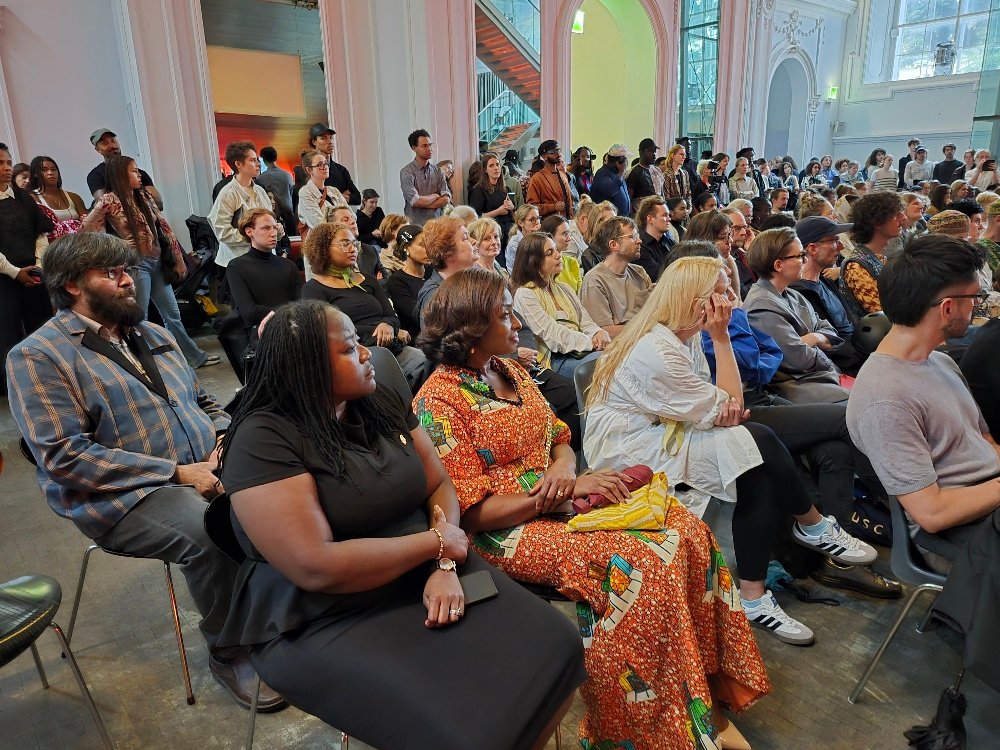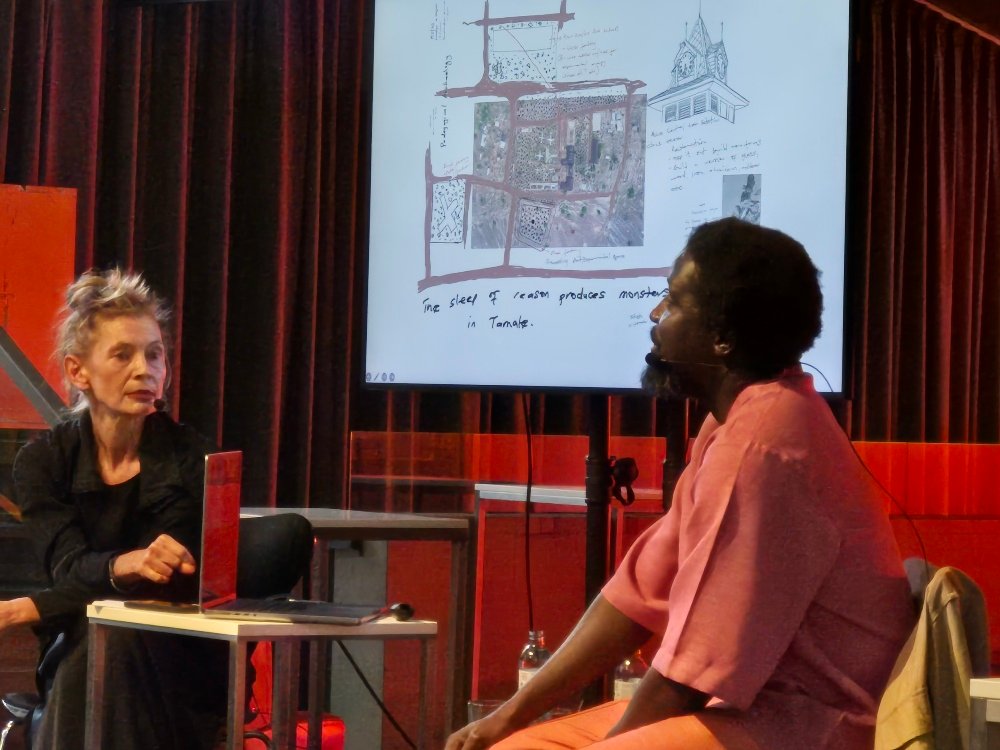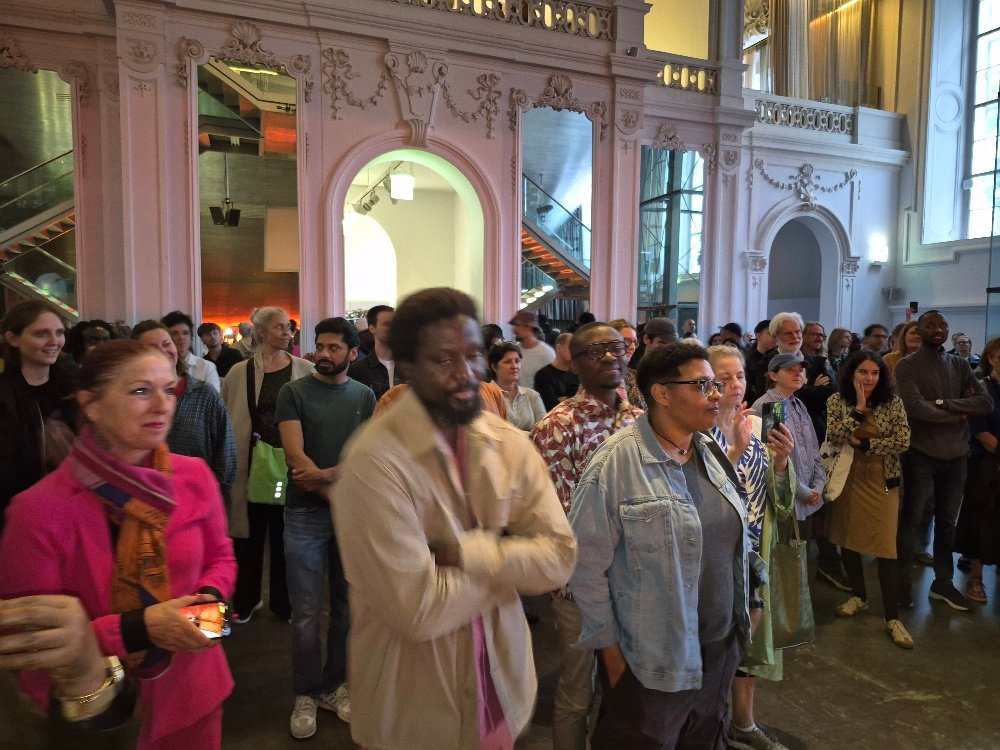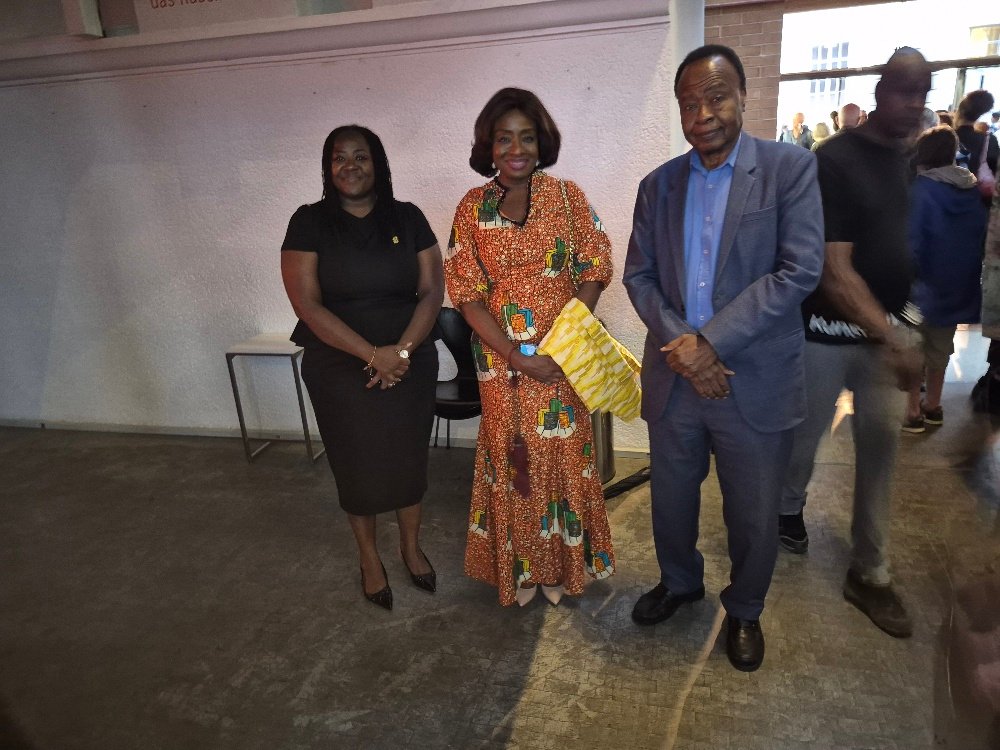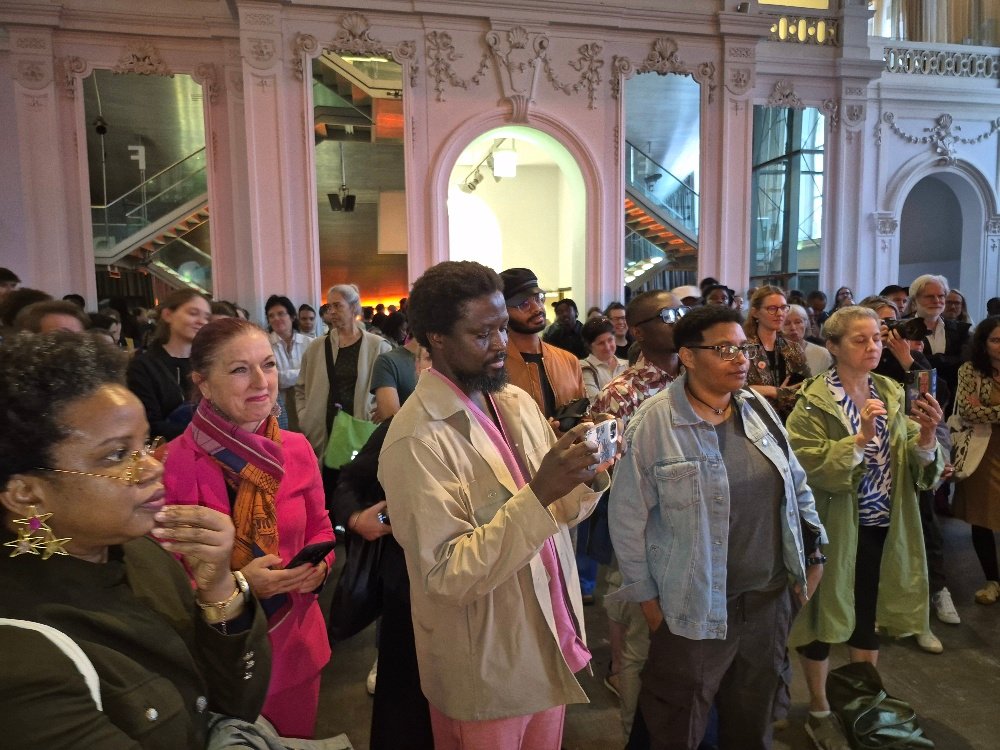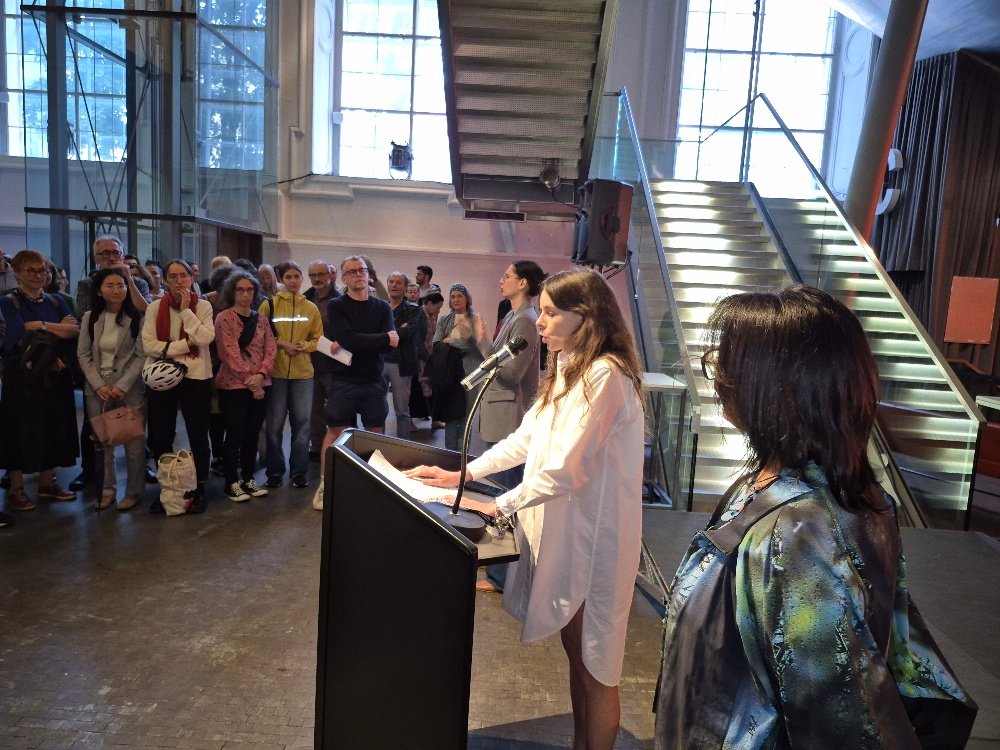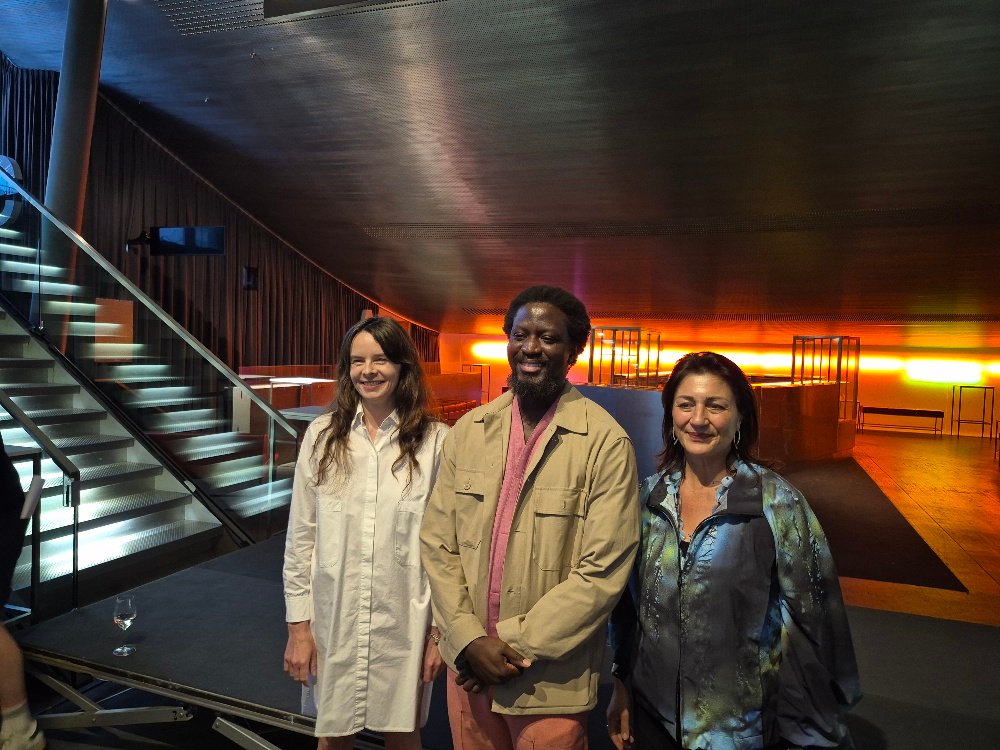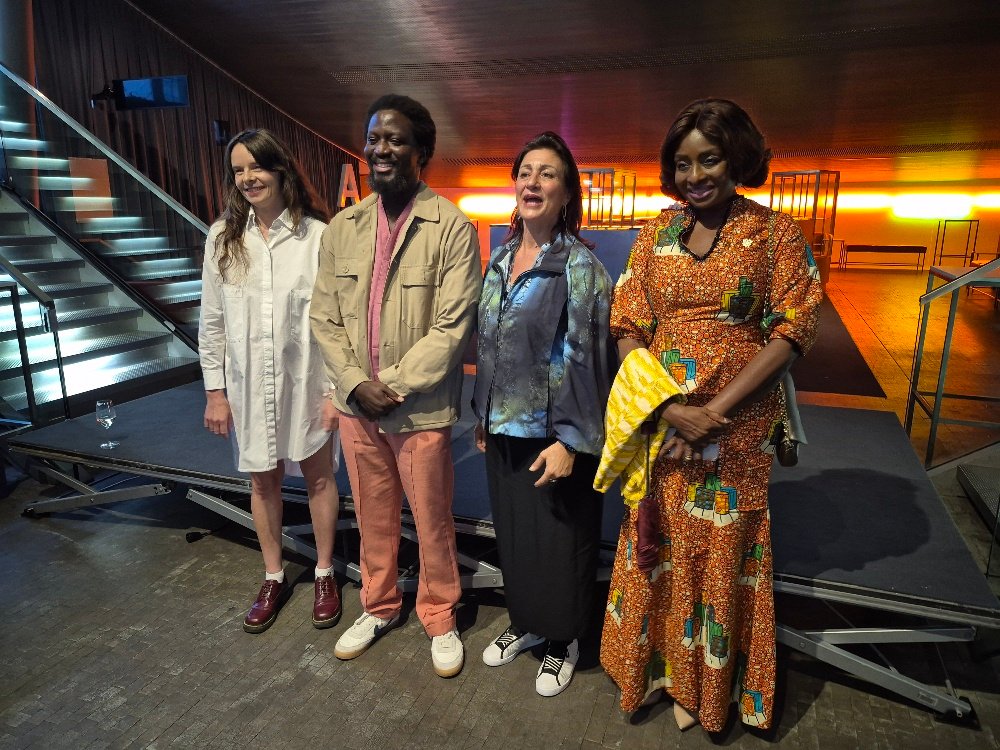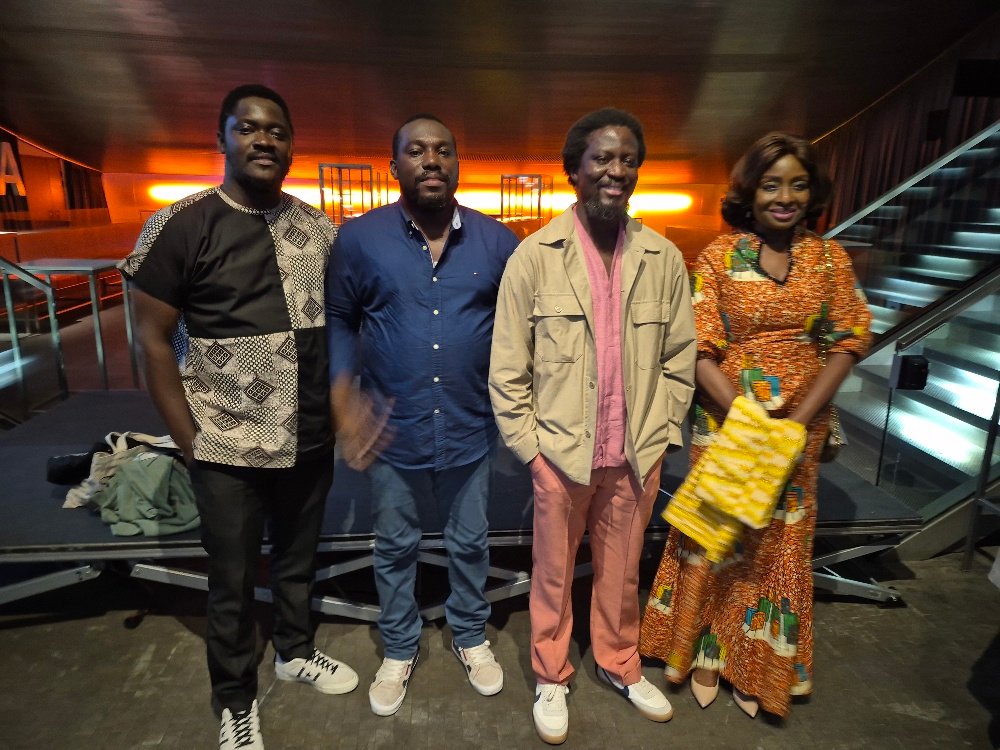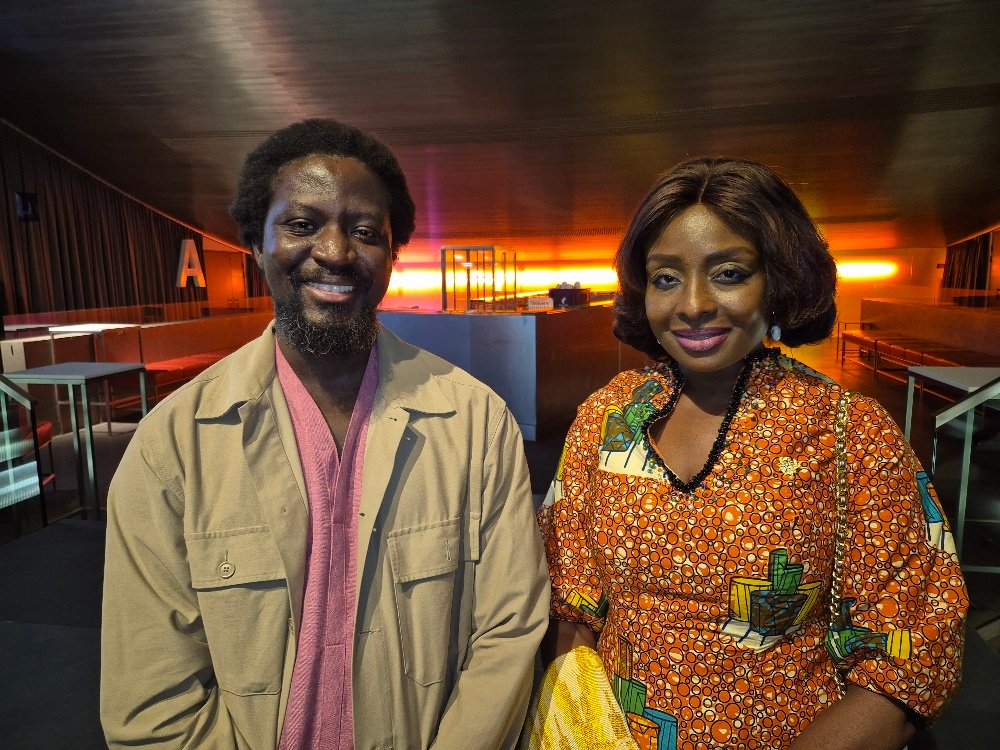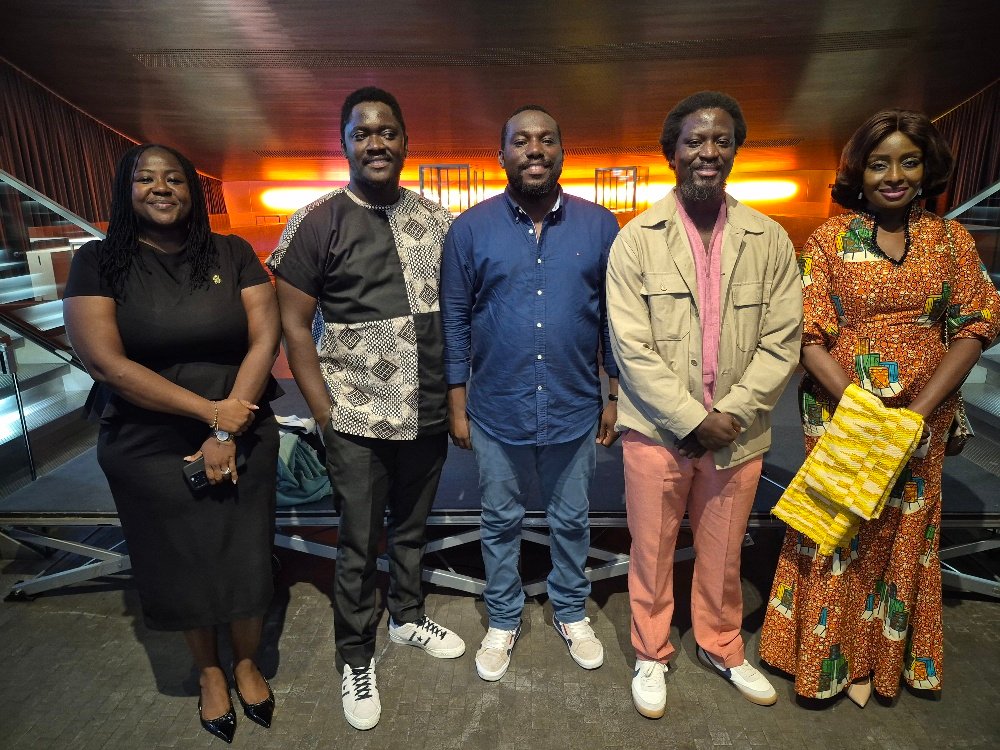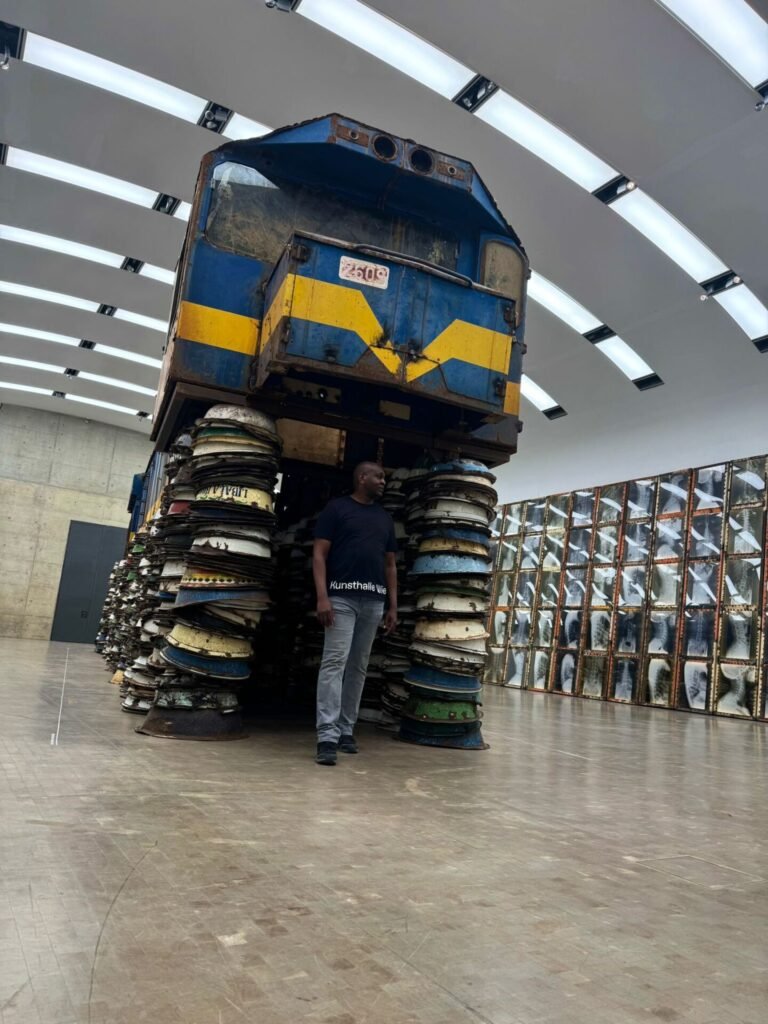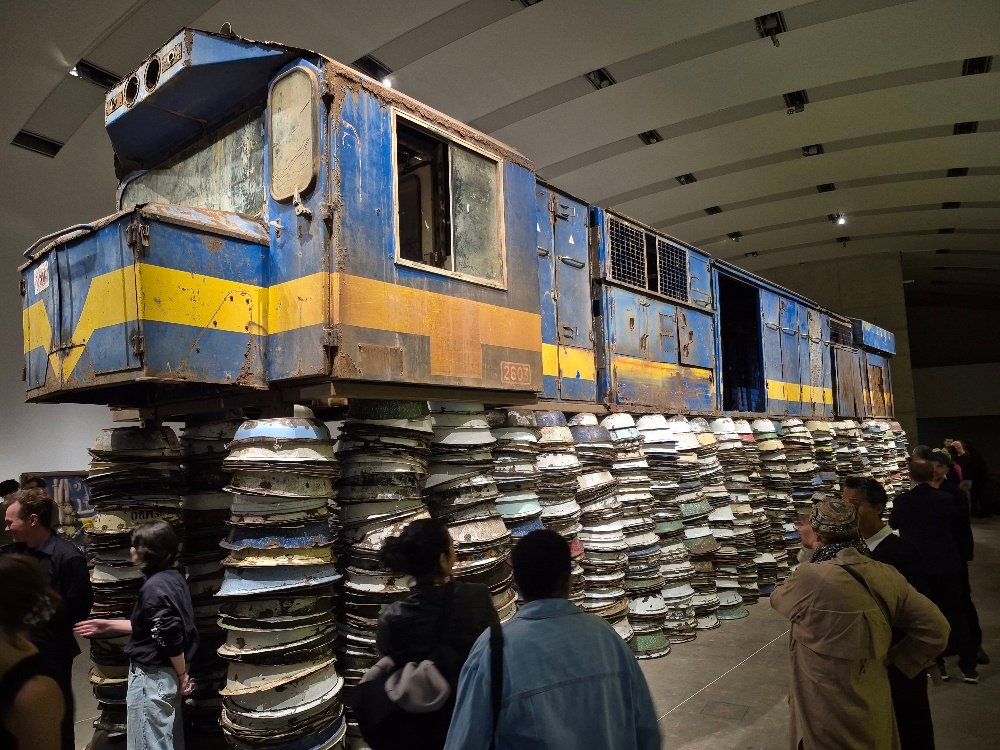Introduction to Ibrahim Mahama’s Work
Ibrahim Mahama is a distinguished contemporary artist hailing from Tamale, Ghana. His oeuvre is characterized by a keen engagement with the complexities of history, particularly in relation to colonialism, post-colonialism, and industrialization. Mahama’s artistic journey is deeply informed by his cultural heritage and the socio-economic narratives prevalent in his native Ghana. This incorporation of personal history into his art allows for a compelling exploration of broader themes that resonate globally.
Mahama’s background plays a crucial role in shaping his artistic voice. Born in a region where traditional and modern influences coexist, he draws upon the rich textile traditions of Ghana, utilizing materials such as jute sacks in his work. These sacks, commonly used to transport goods, serve as a metaphorical canvas for Mahama, embodying the historical traumas inflicted by colonial practices as well as the ongoing legacies that impact contemporary society. Through creative repurposing of these everyday objects, he critiques economic systems that have marginalized local communities.
Central to Mahama’s work is a profound reflection on the impact of colonial history and the shifting paradigms that have followed. His art prompts viewers to engage with the complexities of identity and the ways in which the past continues to shape the present. In his new exhibition, “Zilijifa,” at Kunsthalle Wien, these thematic concerns are brought to the forefront, inviting audiences to contemplate the intricate link between human experience and historical narratives.
Overall, Ibrahim Mahama’s work serves as a powerful commentary on the socio-political landscapes shaped by colonial legacies. His artistic practice not only critiques historical injustices but also aims to foster dialogue about the paths toward redemption and reconciliation in post-colonial contexts.
The Zilijifa Exhibition: Concept and Curatorial Vision
The Zilijifa exhibition at Kunsthalle Wien presents a compelling narrative rooted in historical exploration, as envisioned by the artist Ibrahim Mahama. This exhibition occupies various spaces throughout the museumsquartier building, effectively utilizing the architecture to create an immersive experience. Mahama’s work often draws from collective memory and societal narratives that have been marginalized or inadequately documented; Zilijifa is no exception. The layout of the exhibition is thoughtfully curated, enabling visitors to navigate through different historical contexts while engaging with a multiplicity of artistic mediums.
One of the hallmark features of the Zilijifa exhibition is its diverse use of materials, which include sculpture, photography, and video. Mahama utilizes these mediums to juxtapose contemporary artistic expression with historical commentary, infusing the exhibition with depth and complexity. For instance, the sculptural elements serve as tactile representations of historical artifacts, urging viewers to confront the physicality of the past. Meanwhile, photography and video installations offer an intimate glimpse into the lives and cultures of communities that inform Mahama’s work. This multi-faceted approach encourages visitors to reflect on the intersection of art, history, and memory.
Furthermore, the exhibition underscores the importance of addressing narratives that have historically been overshadowed. By focusing on elements that connect to broader social issues, Mahama invites audiences to reconsider their understanding of history and its representation in contemporary art. The curatorial vision behind Zilijifa is not merely to display artwork but to foster a dialogue regarding the obscured chapters of our collective past. Each piece prompts contemplation on the ways in which history informs present realities, making the Zilijifa exhibition a crucial reflection on art’s role in shaping societal narratives.
Material Degradation and the Railway’s Historical Significance
Ibrahim Mahama’s exploration of the Ghanaian railway network unveils a compelling narrative intertwined with colonial legacy and the evolution of industrialization in West Africa. The railway, originally conceived during colonial times, served as a vital artery for resource extraction, facilitating the export of raw materials while simultaneously contributing to the subjugation of local populations. Mahama meticulously incorporates materials that reflect this complex history in his work, drawing attention to the remnants of a once-vital transportation system, now marred by degradation and neglect.
Central to this exploration is Mahama’s inclusion of a full-sized diesel locomotive, which stands as a powerful symbol of both progress and degradation. This railway vehicle, now an artifact of a bygone era, highlights the dual nature of technological advancement: it signifies the promise of modernization while also serving as a reminder of the exploitation embedded within its history. The locomotive’s physical state—weathered and dilapidated—evokes a sense of loss and hints at the broader decline of infrastructure that was once instrumental in shaping Ghana’s economic landscape.
The materials used in Mahama’s installations, derived from various remnants of the railway, carry significant symbolic weight. Each component reflects the broader burdens of colonial history, representing both the ambitions of imperial powers and the realities faced by the Ghanaian society. As Mahama engages with these historical artifacts, he invites viewers to reflect on the implications of industrial systems and their lasting impact on local communities. The degradation of materials not only underscores the physical decay of infrastructure but also serves as a poignant commentary on the socio-economic ramifications of colonialism in contemporary Ghana.
Cultural Symbolism and Community Impact
Ibrahim Mahama’s artwork is steeped in cultural symbolism, particularly evident in his use of enamelled iron ‘headpans’—a significant representation of the labor-intensive traditions prevalent in numerous African communities. These headpans are not merely utilitarian objects; they symbolize the collective memory and enduring spirit of those who endure the physical struggles associated with their daily tasks. By incorporating such artifacts into his exhibitions, Mahama bridges the gap between history and contemporary artistic expression, highlighting the human condition and the associated burdens carried by individuals within society.
Moreover, Mahama’s photographic explorations delve deeper into the corporeal struggles of the human body when confronted with heavy loads. Each image is a poignant comment on resilience and the tactile experiences of carrying, thus inviting viewers to reflect on their own histories and the universal themes of hardship endured in various contexts. This interplay between physicality and artistic representation provides a vital discourse on the cultural narratives that shape everyday life in these regions.
In addition to his artwork, Mahama’s commitment to his community in Tamale is noteworthy. Through his institutions, he offers resources that facilitate education, art preservation, and ongoing research. These community-focused initiatives serve as vital hubs for fostering cultural reflection and dialogue, ensuring that local histories are acknowledged and preserved. The institutions empower the people of Tamale by providing access to artistic expression and education, effectively reinforcing the connection between Mahama’s work and the wider communal heritage. By serving as platforms for cultural engagement, these establishments not only enrich the local narrative but also contribute to a broader understanding of the intricate themes explored within Mahama’s exhibition.
Biography
Ibrahim Mahama (b. 1987, Tamale, Ghana) has held exhibitions at Kunsthalle Bern (2025); Fruitmarket, Edinburgh; Barbican Centre, London (both 2024); Kunsthalle Osnabrück (2023);
Frac des Pays de la Loire, Nantes (2022); University of Michigan Museum of Art (2020); The Whitworth, University of Manchester; Norval Foundation, Cape Town (both 2019); Tel Aviv Art
Museum (2016) and K.N.U.S.T Museum, Kumasi (2013). His work has also been exhibited at the Sharjah Biennial 15 (2023); the 18th Biennale Architettura, Venice (2023); the 35th Bienal de São
Paulo (2023); the Museum of Fine Arts, Houston (2021); Centre Pompidou, Paris (2020); the 22nd Biennale of Sydney (2020); the 58th and 56th Biennale Arte, Venice (2019 and 2015) and at
Documenta 14 in Athens and Kassel (2017). He was the Artistic Director of the 35th Ljubljana Biennale of Graphic Arts (2023) and is the recipient of the inaugural Sam Gilliam Award from the
Dia Art Foundation. Mahama lives and works in Accra, Kumasi and Tamale where he has founded several artist-led community initiatives including Savannah Centre for Contemporary Art (SCCA) in 2019, Redclay in 2020 and, most recently, Nkrumah Volini (all in Tamale)
